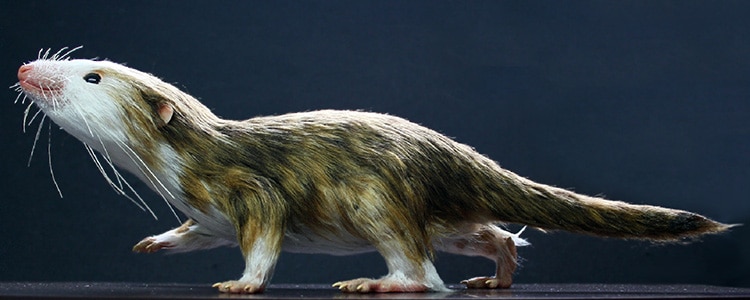
Scientists have discovered that mammals successfully evolved over the years by getting smaller in size.
The origin of modern mammals can be traced back more than 200 million years to the age of dinosaurs. But while dinosaurs evolved to become some of the largest land animals, for the following 150 million years the ancestors of all modern mammals pursued an entirely different strategy – getting very small.
Modern mammals are unique in having a lower jaw consisting of just a single bone that bears teeth. In contrast, all other vertebrates possess complex lower jaws formed by at least five or more bones joined together. In the course of evolution, fossils show that the lower jaw of mammalian ancestors became simplified and a new jaw joint was formed, while some of the other bones moved into the middle ear to aid in hearing. The team of scientists, from the UK and the US, wanted to find out how it was possible for mammals to simplify and restructure their lower jaws, while maintaining the ability to feed and hear. Using modern computer analysis to scan fossil skulls and lower jaws, they looked at what happened to the skeleton of our tiny mammal ancestors.
Their results showed that the small size of the fossil mammals significantly reduced the stresses in the jaw bones when feeding, while still being powerful enough to capture and bite through prey, such as insects.
